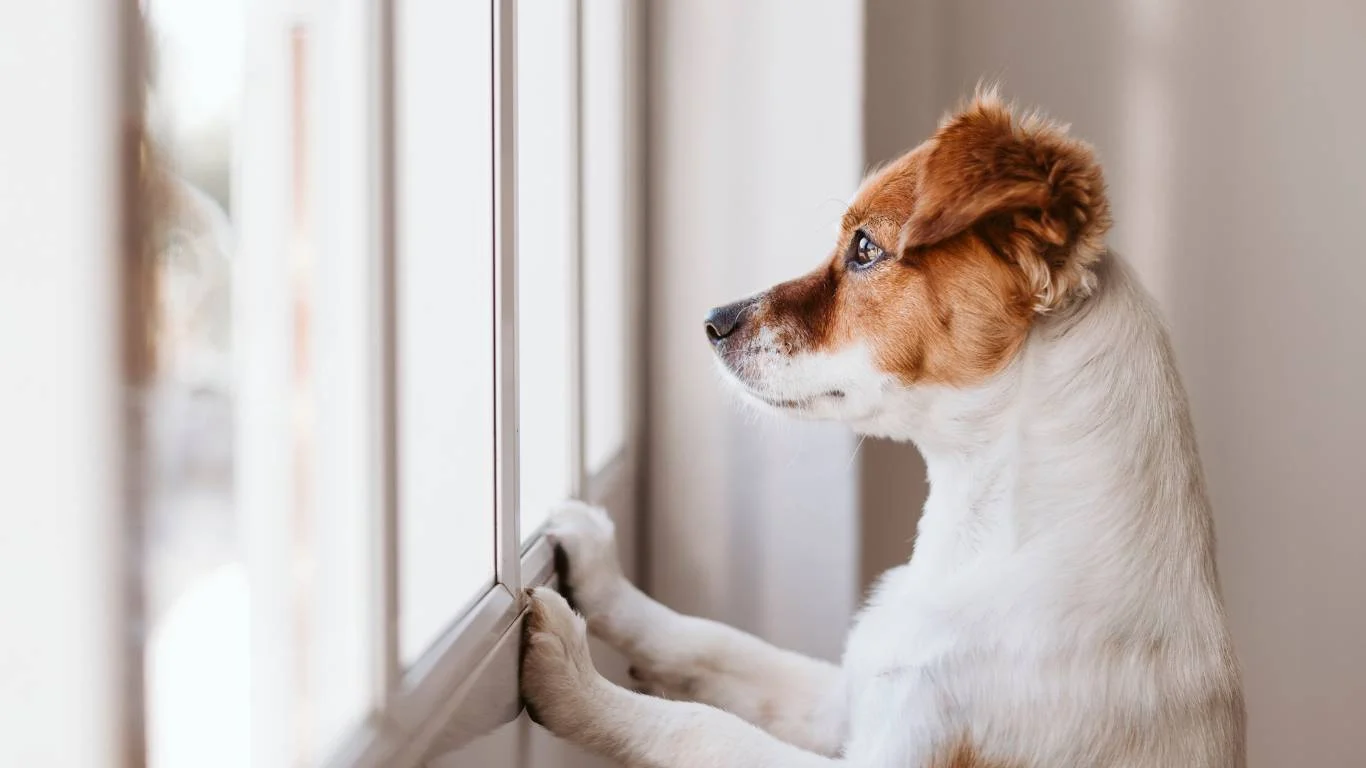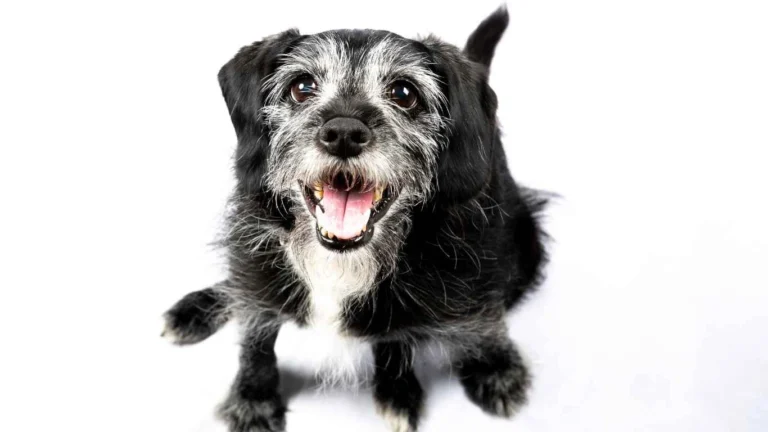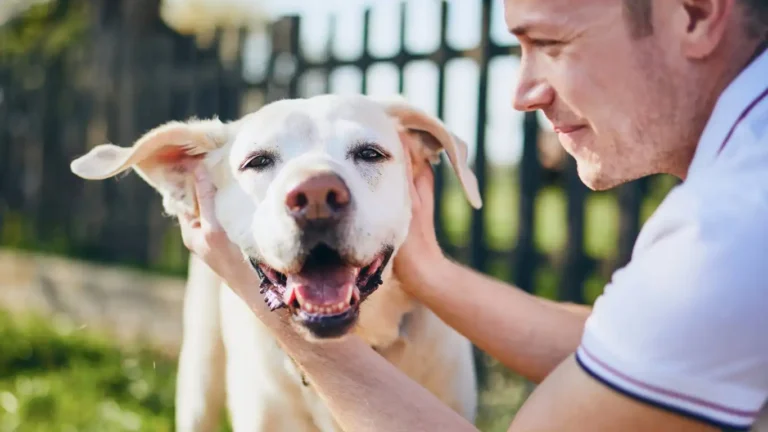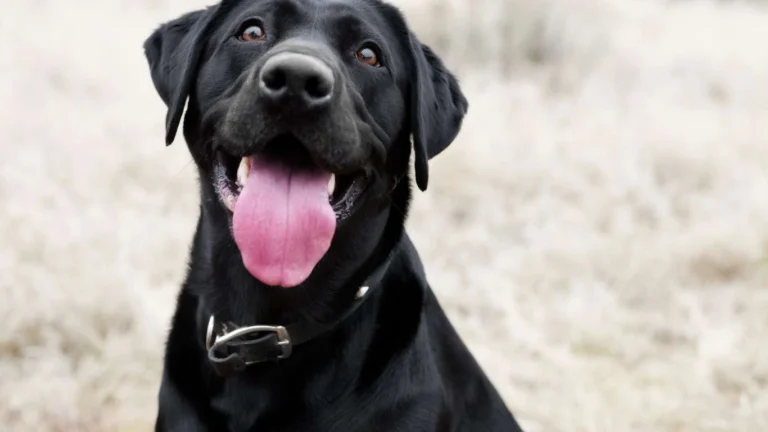Common Causes of Dog Bloating & How to Prevent It – Essential Tips for Pet Owners
As a pet nutritionist and expert in veterinary clinics, I’ve seen countless cases of dogs suffering from bloating. If you’ve ever seen your dog struggle with an overly swollen belly or seem to be in distress, you know it’s not something to take lightly. Bloating in dogs, also known as gastric dilatation-volvulus (GDV), is a serious condition that requires immediate attention. In this article, I’ll guide you through the common causes of dog bloating and, more importantly, how you can prevent it from happening to your furry friend. By understanding the signs, triggers, and preventative measures, you’ll be better equipped to protect your dog’s health.
What is Dog Bloating and Why is it Dangerous?
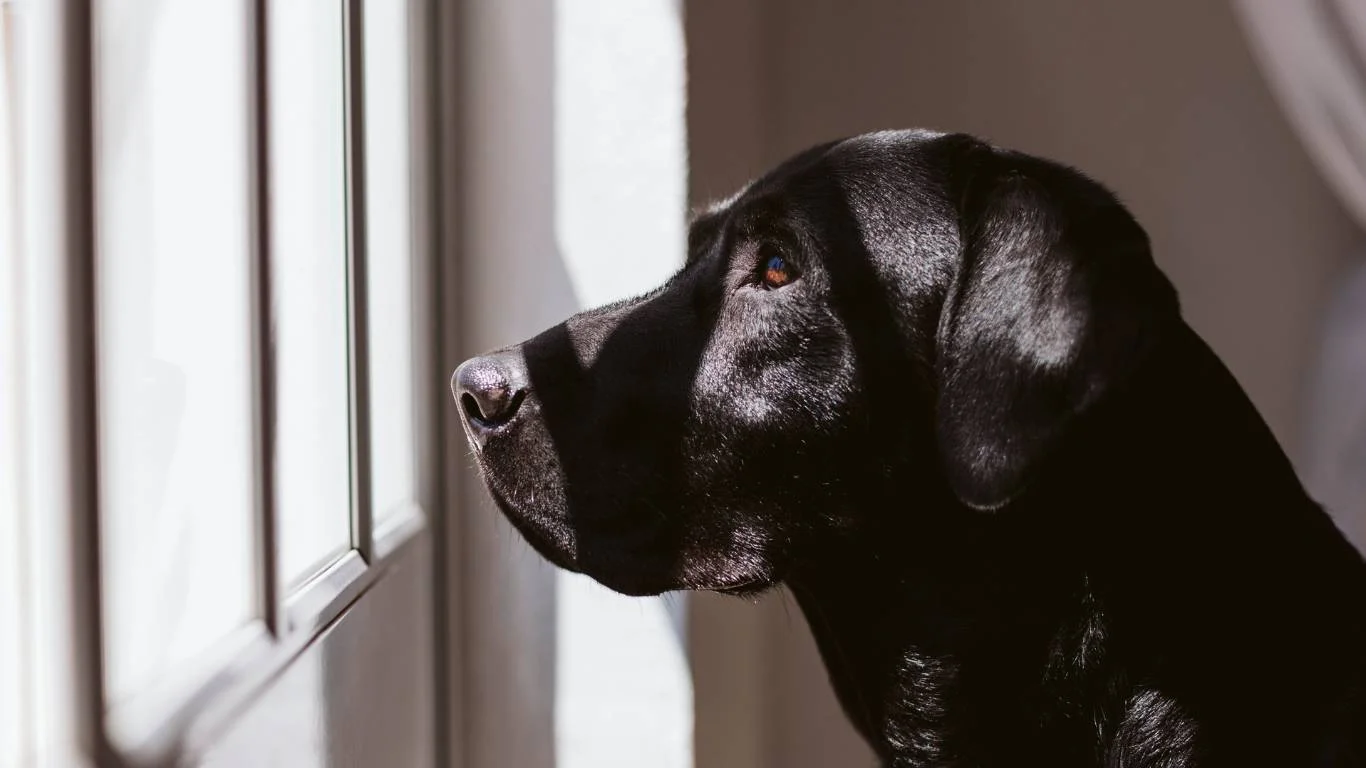
Dog bloating, or gastric dilatation-volvulus (GDV), is a life-threatening condition that involves the stomach expanding and twisting on itself. This twist prevents food, gas, and liquids from being able to exit, leading to severe bloating. This can result in decreased blood flow to vital organs, shock, and in the worst case, death if not treated promptly. When a dog bloats, they may exhibit a range of symptoms, including drooling, restlessness, excessive panting, and even vomiting. In some cases, bloating can happen suddenly, which is why knowing the signs early can be a matter of life or death.
What Causes Dog Bloating?
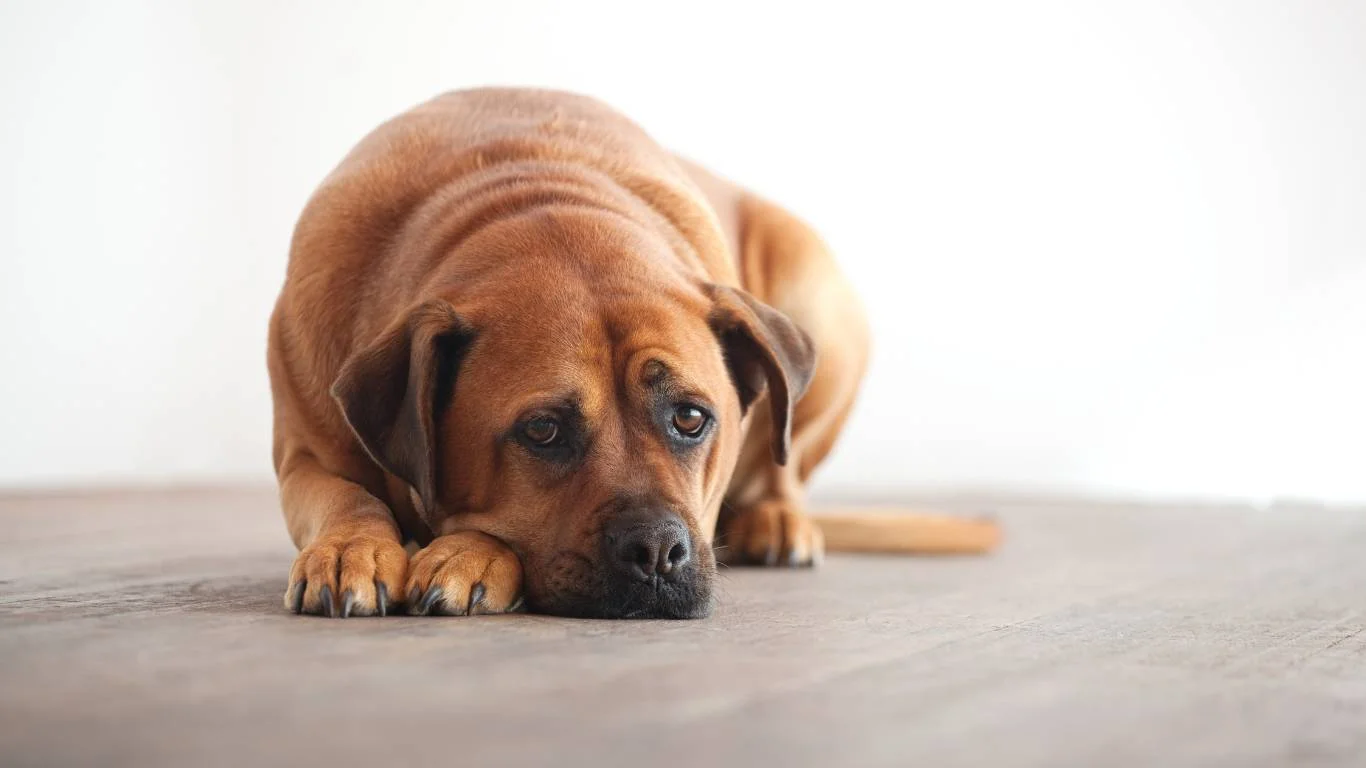
Understanding the common causes of bloating in dogs is crucial for prevention. As I’ve seen in my practice, there are several factors that can contribute to the development of this dangerous condition:
- Genetics: Some breeds are genetically predisposed to bloating, particularly large, deep-chested dogs such as Great Danes, Doberman Pinschers, and German Shepherds. These breeds have a higher risk due to their body structure, making them more susceptible to the twisting of the stomach.
- Feeding Habits: How and when you feed your dog plays a big role in bloating. Dogs that eat too quickly or consume large meals at once are more likely to swallow air, which can lead to the stomach filling up with gas and swelling.
- Exercise: Physical activity immediately after eating can also trigger bloating in some dogs. You’ve probably seen it yourself—a dog who gets a little too energetic right after a meal. This movement can cause the stomach to twist, leading to bloating.
- Age and Health Conditions: Older dogs, particularly those with a history of digestive issues, are more at risk for bloating. Dogs that suffer from any pre-existing conditions like gastric reflux or a weak stomach lining may be more prone to this issue.
The Role of Diet in Preventing Dog Bloating
Diet plays an important part in both the causes and prevention of bloating. Over the years, I’ve worked closely with pet owners to identify which feeding habits and types of food may contribute to bloating in their dogs. One of the most important things to consider is the size of your dog’s meals. Large meals can stretch the stomach, and when combined with the wrong type of food, it can increase the likelihood of bloating.
Additionally, a dog’s food consistency matters. Some dog food formulas contain fillers that can be hard to digest, causing bloating. Look for high-quality dog food that lists real meat as the first ingredient, and avoid those filled with grains and by-products. Not all brands will have the nutritional balance your dog needs, so it’s important to assess your dog’s health needs before choosing a brand. If you’re unsure which diet is best for your dog, consult with a veterinarian or a pet nutritionist who can guide you based on your dog’s breed, age, and activity level.
How to Prevent Dog Bloating
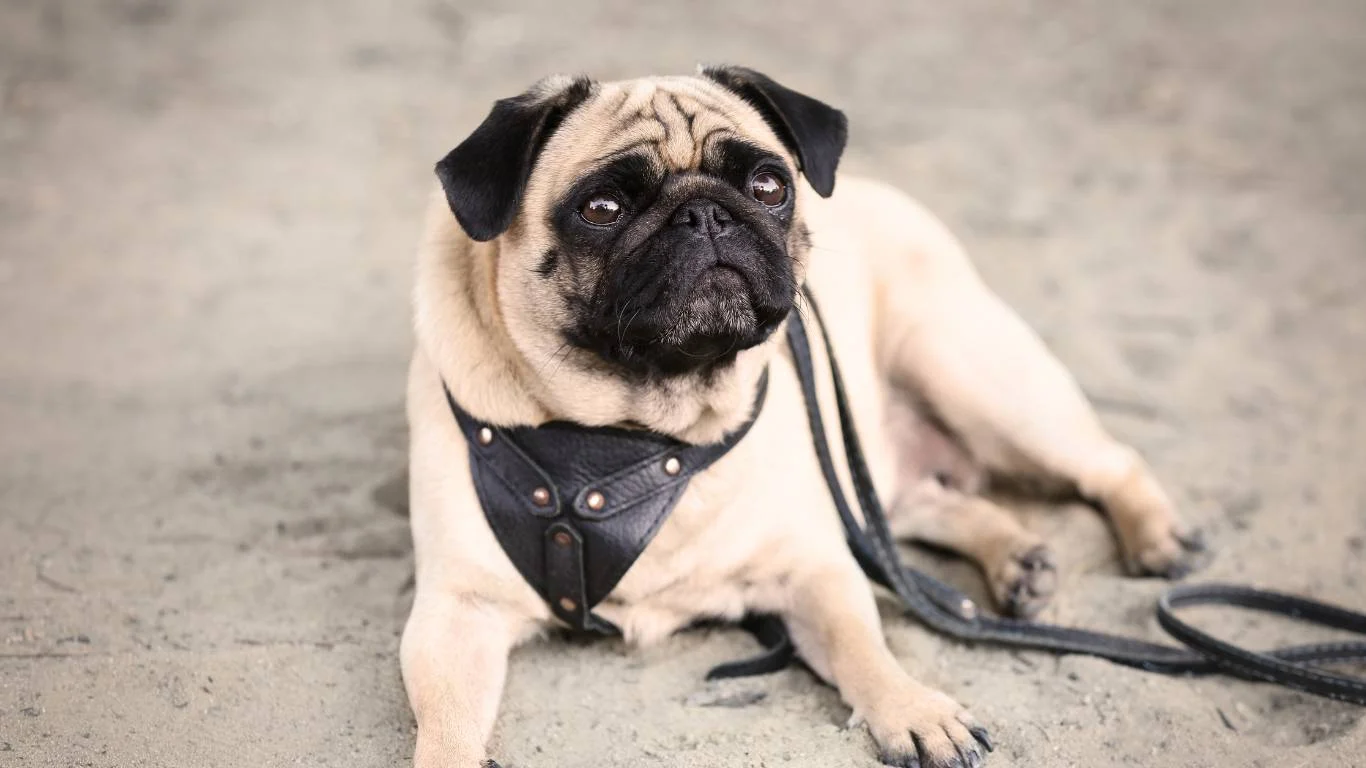
As a pet care expert, I always stress the importance of preventative measures. After all, preventing bloating is far easier than treating it. Here are a few of the most effective strategies I’ve seen work in practice:
- Feed Smaller, More Frequent Meals: Instead of giving your dog one or two large meals a day, try splitting their food into smaller portions throughout the day. This helps reduce the risk of their stomach becoming too full, and it also prevents them from eating too quickly.
- Use a Slow Feeder: If your dog is a fast eater, using a slow feeder bowl can help. These bowls are designed with ridges or obstacles that force the dog to eat more slowly, reducing the amount of air they swallow.
- Let Your Dog Rest After Eating: After feeding your dog, it’s important to let them rest for at least 30 minutes to an hour. This will give their stomach time to digest before they engage in any physical activity.
- Avoid Vigorous Exercise After Meals: Just like humans, dogs should wait a little while after eating before engaging in any high-intensity activities. After meals, avoid playing fetch or taking them on long walks until their food has had a chance to settle.
- Consider Preventive Surgery: In severe cases or for high-risk breeds, some pet owners opt for a preventive surgery called a gastropexy. This procedure involves attaching the stomach to the abdominal wall to prevent it from twisting. This is typically recommended for dogs with a high risk of bloating, and it can be a lifesaver in the long run.
By being mindful of your dog’s eating habits and lifestyle, you can significantly reduce the likelihood of them developing bloat. It’s all about being proactive—ensuring that your dog’s meals are properly spaced, that they eat slowly, and that they rest after meals. With these simple precautions, you can help prevent the stress and potential danger of bloating in dogs.
Recognizing the Signs of Dog Bloating
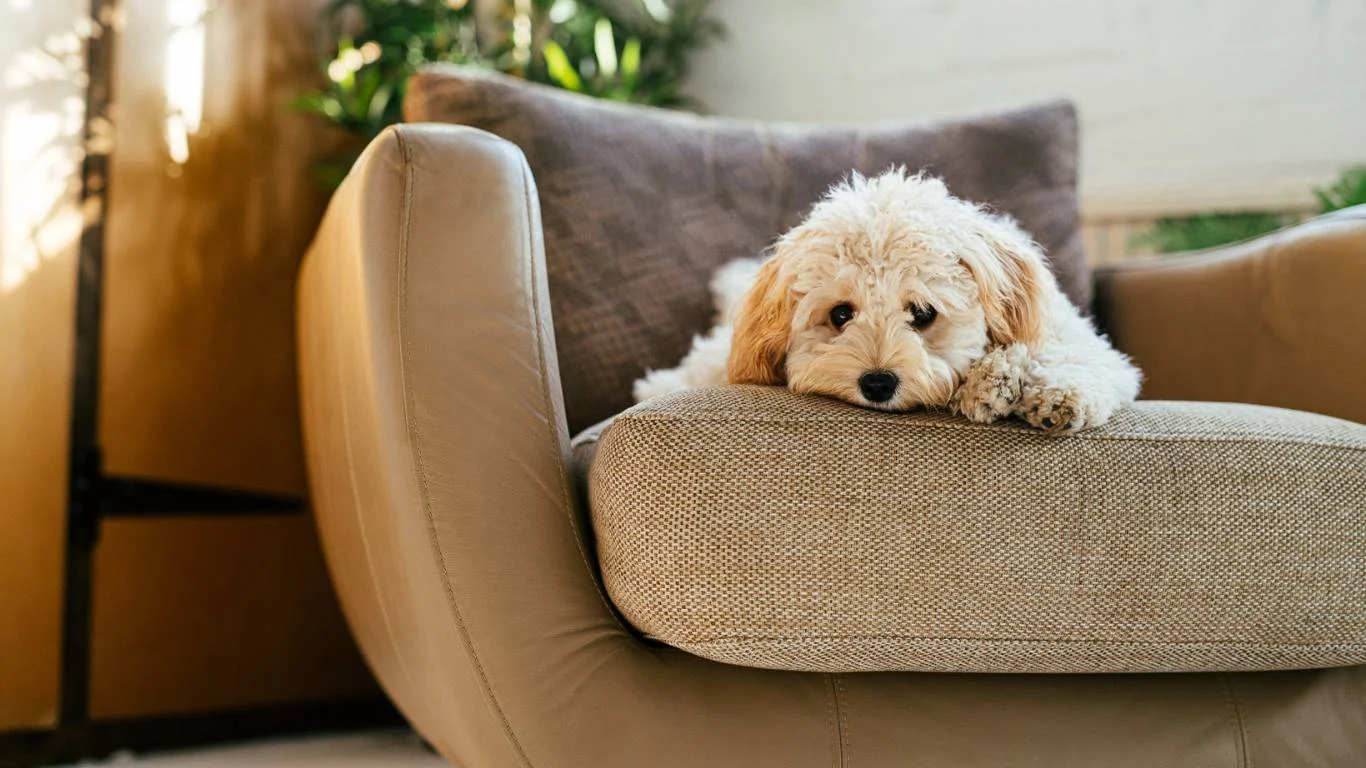
One of the most important aspects of preventing bloating in dogs is recognizing the signs early. The faster you can identify symptoms of bloating, the better the chance of getting your dog the help they need. Over the years, I’ve had pet owners come in with dogs that were bloating, and they didn’t even realize it until it was too late. So, what should you look out for?
Symptoms of Dog Bloating You Shouldn’t Ignore
In my experience, bloating symptoms can vary from subtle to severe. Here are some key signs that your dog might be experiencing bloating:
- Distended Belly: This is one of the most obvious signs. If you notice that your dog’s belly is unusually swollen or hard, it could indicate bloating. In severe cases, the belly may appear visibly enlarged and may feel tight or “taut” to the touch.
- Excessive Drooling: Bloating often leads to nausea and discomfort, causing your dog to drool more than usual. If your dog is excessively drooling and can’t seem to stop, this could be a red flag.
- Restlessness and Panting: Dogs that are bloating often feel very uncomfortable and may exhibit signs of distress like excessive panting, pacing, or trying to lie down but unable to settle.
- Vomiting Without Relief: Some dogs will attempt to vomit, but because of the bloating, nothing will come up. This is a clear indication that their stomach is unable to function properly.
- Collapsed or Weak Stance: In severe cases, the dog may appear weak, collapse, or seem lethargic. This can happen if the bloating leads to a decrease in blood flow, which can result in shock.
If you spot any of these signs, it’s crucial to get your dog to a veterinarian immediately. Even if the symptoms seem mild, don’t take any chances when it comes to bloating—it’s a condition that worsens quickly, and it can be life-threatening if not addressed right away.
What to Do If You Suspect Your Dog is Bloated
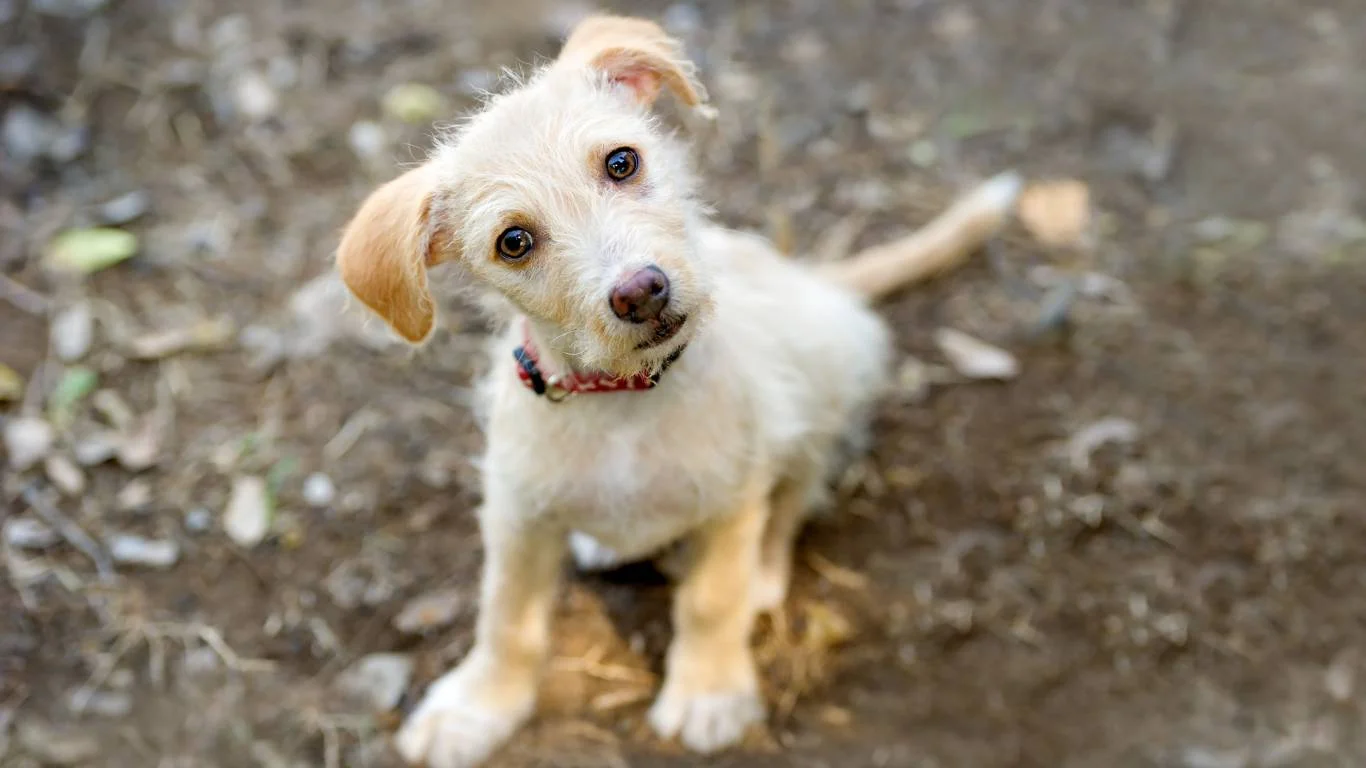
If your dog is showing signs of bloating, it’s natural to feel overwhelmed. I’ve been there myself—watching a dog in pain and feeling unsure of what to do next. Here’s a step-by-step guide on how to respond if you think your dog might be bloating:
Step 1: Stay Calm and Assess the Situation
The first thing to do is stay calm. I know it’s easier said than done, but your dog will need you to be composed to handle the situation effectively. Quickly assess the signs you’ve noticed, and check for a swollen belly, drooling, and signs of distress. Time is of the essence here, and the quicker you react, the better.
Step 2: Contact Your Veterinarian
As soon as you notice the signs of bloating, don’t wait. Contact your veterinarian or an emergency animal hospital right away. If you’re uncertain whether it’s bloating, calling your vet can help you determine the next steps. Some practices might advise you to bring your dog in immediately, while others might give you initial advice over the phone. If it’s after hours, you can contact a 24-hour emergency vet clinic.
Step 3: Don’t Try to Treat It at Home
While it’s understandable to want to help your dog right away, trying to treat bloating at home can make things worse. For example, if your dog’s stomach has twisted, trying to massage it or force them to vomit could make the condition worse. It’s important to get your dog to the vet as soon as possible. They’ll be able to perform the necessary diagnostic tests and, if needed, initiate treatment, which may include decompression of the stomach, surgery, or fluid therapy.
Step 4: Follow Your Veterinarian’s Advice
If your dog is diagnosed with bloating or GDV, your vet may recommend a variety of treatments depending on the severity of the condition. In my practice, I’ve seen some cases where a dog just needs a decompression procedure to release the built-up gas, and they recover with no issues. However, if there’s stomach twisting involved, surgery may be necessary to untwist the stomach and secure it in place to prevent future episodes.
During this time, it’s important to follow your veterinarian’s advice to ensure the best possible outcome. Your vet will also discuss any post-surgery care if surgery is required, including managing pain, providing medications, and ensuring your dog heals properly.
Preventive Measures for High-Risk Dogs
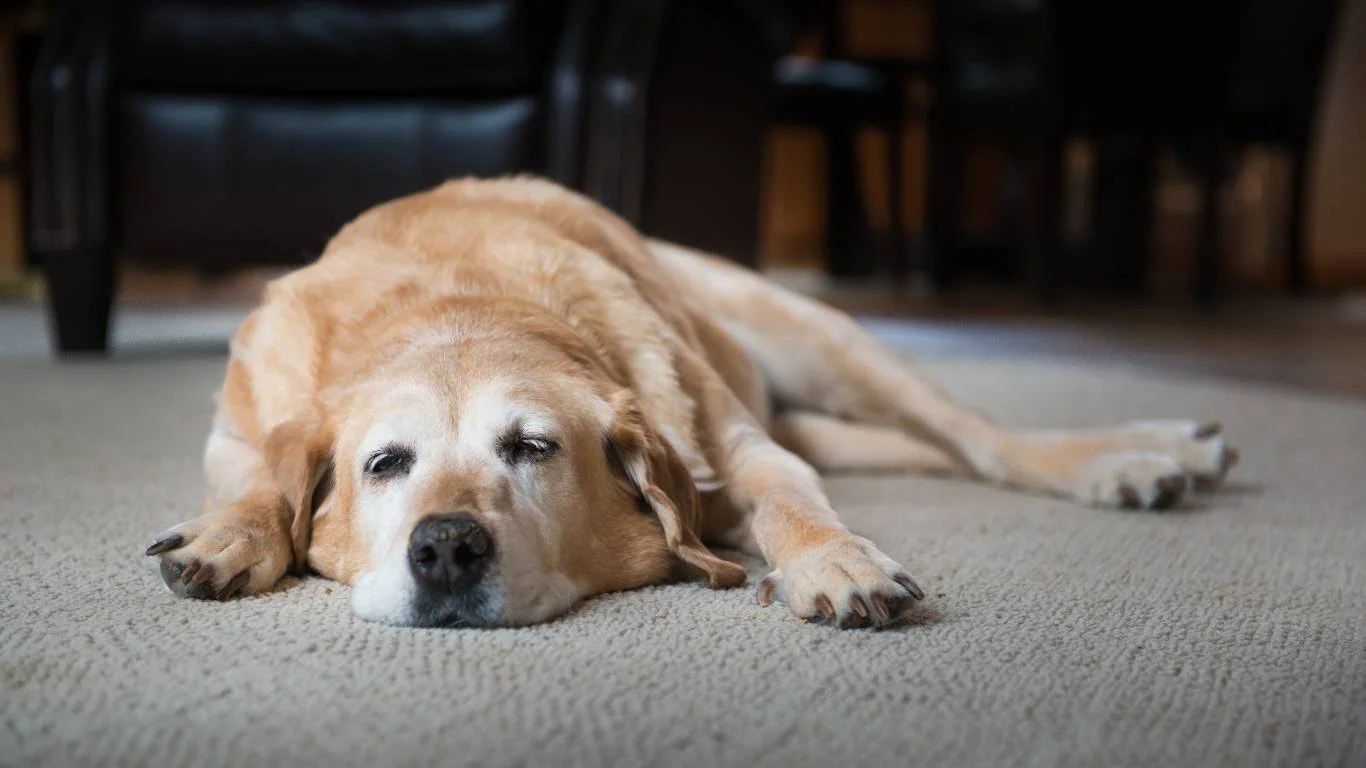
If your dog belongs to a high-risk breed, you may want to consider taking extra steps to prevent bloating from occurring in the first place. As I mentioned earlier, large, deep-chested breeds such as Great Danes, Doberman Pinschers, and Irish Wolfhounds are more prone to this condition, but there are proactive measures that can make a significant difference.
1. Gastropexy Surgery
For high-risk breeds, some owners opt for a preventive surgery called gastropexy. This procedure involves attaching the stomach to the abdominal wall, which prevents it from twisting. Many pet owners, especially those with dogs who have had a prior episode of bloating or those who are of a high-risk breed, choose this route. It’s a one-time procedure that can provide long-term protection against GDV. As a pet nutritionist, I’ve seen dogs who have had this surgery go on to live long, happy lives without the worry of bloating threatening their health.
2. Regular Vet Checkups
Regular vet checkups are another important preventive measure. During routine visits, your vet can monitor your dog’s overall health and catch any early signs of digestive issues or other conditions that could make them more prone to bloating. Keeping a close eye on your dog’s health can help ensure they stay as healthy as possible, especially if they belong to a high-risk breed.
By incorporating these preventive measures and being aware of your dog’s health, you can significantly reduce the risk of bloating. It’s always better to be proactive and take the necessary steps before an emergency arises. With the right care and attention, you can help ensure your dog lives a happy, healthy life—free from the danger of bloating.
#LNF
